Description
The Faraday Mirror from Ascentta is a cutting-edge optical component designed to meet the precise demands of modern photonics applications. Engineered with precision, this mirror operates at specific wavelengths of 1310nm, 1480nm, and 1550nm, offering flexibility and versatility for various optical systems. Its robust design ensures optimal performance across a range of environmental conditions, making it a reliable choice for professionals in the field.
At the heart of the Faraday Mirror is its ability to provide a Faraday rotation angle of 45 degrees on a single pass, with a rotation angle tolerance of ±5 degrees over varying wavelengths and temperatures. This ensures consistent performance and reliability, even under fluctuating conditions. The mirror is designed to minimize insertion loss, with a typical loss of 0.4 dB and a maximum of 0.6 dB, ensuring that your optical signals maintain integrity throughout their journey.
The Faraday Mirror is built to handle optical power up to 300 mW, making it suitable for high-power applications. Its compact package dimensions of Φ4.5 x L22 mm allow for easy integration into existing systems without compromising on performance. With an operating temperature range of -5 to +70℃ and a storage temperature range of -40 to +85℃, this mirror is designed to withstand a variety of environmental conditions, ensuring long-lasting durability and reliability.
Ascentta understands the unique needs of its customers and offers custom configuration options to meet specific requirements. With a range of fiber types, lengths, and connector options available, the Faraday Mirror can be tailored to fit seamlessly into your optical setup. Contact Ascentta to discuss your custom specification needs and discover how the Faraday Mirror can enhance your optical system.
Ascentta Faraday Rotator Mirror (1310nm, 1480nm, 1550nm)
Specifications
| Operating Bandwidth: | 60 nm |
|---|---|
| Insertion Loss (max): | 0.6 dB |
| Faraday Rotation Angle (single Pass): | 45 deg deg |
| Wavelength: | 1310±30, or 1480±30, or 1550±30 nm |
| Faraday Rotation Angle (Single Pass): | 45 Degree |
| Rotation Angle Tolerance Over Wavelength And Temperature: | ±5 Degree |
| Insertion Loss Typ.: | 0.4 dB |
| Insertion Loss Max: | 0.6 dB |
| PDL Max: | 0.05 dB |
| PMD Max: | 0.1 ps |
| Optical Power Handling Max: | 300 mW |
| Package Dimension: | Φ4.5 x L22 mm |
| Operating Temperature: | -5 to +70 ℃ |
| Storage Temperature: | -40 to +85 ℃ |
Features
- Excellent performance with low insertion loss
- Enables efficient protection of optical signals in free-space applications
- Polarization-dependent and polarization-independent configurations available
- Faraday mirror variant for specific wavelength applications
- Fiber length and connector to specification
- Available with loose tube or bare fiber
Applications
- Telecommunications: The Faraday Mirror is used in fiber optic communication systems to improve signal quality by reducing polarization mode dispersion and polarization dependent loss.
- Fiber Optic Sensing: It is used in fiber optic sensors for various applications, including temperature, pressure, and strain sensing, by enhancing the signal integrity.
- Optical Coherence Tomography (OCT): The device is utilized in OCT systems to improve image quality by minimizing polarization-related signal degradation.
- Laser Systems: The Faraday Mirror is used in laser systems to control and manage the polarization state of laser beams, ensuring consistent performance.
- Research and Development: It is employed in R&D settings for experiments requiring precise control of light polarization and phase.
- Medical Imaging: The Faraday Mirror is used in medical imaging technologies to enhance image clarity and accuracy by controlling polarization effects.
- Metrology: It is used in precision measurement systems to ensure accurate readings by minimizing polarization errors.
Frequently Asked Questions
What wavelengths does the Faraday Mirror support?
What is the Faraday Rotation Angle for a single pass?
What is the maximum optical power handling of the Faraday Mirror?
What are the operating temperature ranges for the Faraday Mirror?
What is the insertion loss at 23°C for all states of polarization?
How do connectors affect the specifications of the Faraday Mirror?
What are the packaging dimensions of the Faraday Mirror?
Similar Products
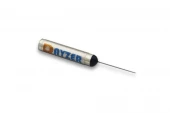
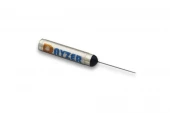


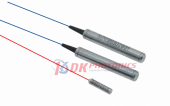
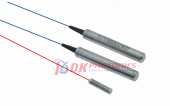
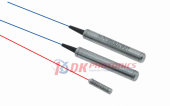
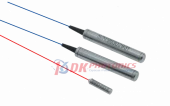



Your inquiry has been received.
Create an account by adding a password
Why create an account?
- Auto-complete inquiry forms
- View and manage all your past messages
- Save products to your favorites
- Close your account anytime — no hassle
